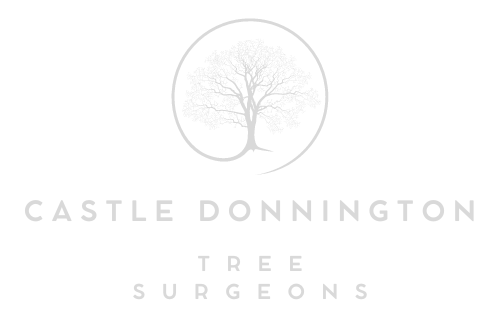Tree Crown Reduction: Maximising Tree Benefits in Small Spaces
Introduction
In urban and suburban environments, space is often limited, but the benefits of trees are undeniable. Tree crown reduction is a valuable practice that allows property owners to maximise the benefits of trees even in small spaces. By selectively pruning branches to reduce canopy size, crown reduction helps trees fit harmoniously into compact landscapes while preserving their health and vitality. In this blog post, presented by Castle Donnington Tree Surgeons, we’ll explore how crown reduction can maximise tree benefits in small spaces, enhancing the beauty, functionality, and sustainability of urban and suburban environments.
1. Space Optimisation
In small spaces, every square foot counts. Tree crown reduction allows property owners to optimise space by shaping trees to fit within the confines of their landscape. By reducing canopy size and density, crown reduction minimises trees’ footprint while still providing valuable shade, habitat, and aesthetic value. This allows property owners to enjoy the benefits of trees without sacrificing valuable outdoor space.
2. Enhanced Aesthetics
Even in small spaces, trees can enhance the aesthetic appeal of outdoor environments. Crown reduction helps maintain trees’ natural beauty while ensuring they remain proportionate to their surroundings. By carefully shaping trees to fit within the landscape, crown reduction creates visually pleasing compositions that add character and charm to urban and suburban settings.
3. Functional Benefits
Trees offer various functional benefits, from providing shade and reducing energy costs to improving air quality and supporting biodiversity. The crown reduction ensures that trees continue to deliver these benefits in small spaces by maintaining healthy growth and structural integrity. By promoting proper airflow and sunlight penetration, crown reduction enhances tree health and vitality, maximising their functional contributions to the environment.
4. Structural Stability
Overgrown tree canopies can risk branch failure and property damage, especially in small spaces where trees may be close to buildings, utilities, and other structures. Crown reduction improves structural stability by reducing the weight and density of the canopy, minimising the risk of branch breakage and tree failure. This helps protect property and ensure the safety of residents and visitors.
5. Sustainable Landscaping
Incorporating trees into small spaces is an essential component of sustainable landscaping practices. Trees help mitigate the urban heat island effect, reduce stormwater runoff, and sequester carbon, contributing to a healthier and more sustainable environment. Crown reduction allows property owners to integrate trees into their landscape design while optimising space and maximising their ecological benefits.
Conclusion: Tree crown reduction is a valuable tool for maximising tree benefits in small spaces, allowing property owners to enjoy the beauty, functionality, and sustainability of trees even in urban and suburban environments. By optimising space, enhancing aesthetics, maximising functional benefits, improving structural stability, and promoting sustainable landscaping practices, crown reduction helps trees thrive in compact landscapes while enriching the quality of life for residents and communities.
Call us on: 01332 215 696
Click here to find out more about Castle Donnington Tree Surgeons
Click here to complete our contact form and see how we can help with your tree’s needs.

